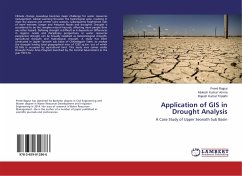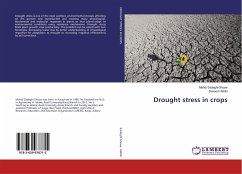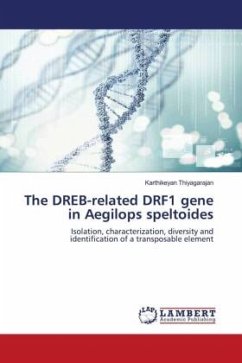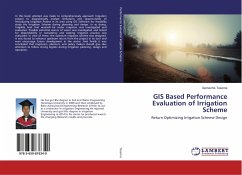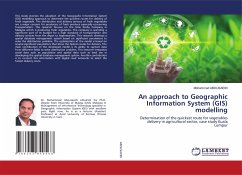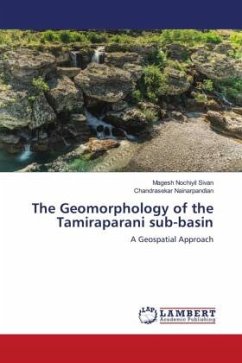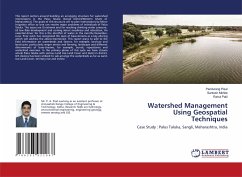Climate change nowadays becomes major challenge for water resources management. Global warming threaten the hydrological cycle, resulting in dryer dry seasons and wetter rainy seasons, subsequently heightened risks of more extreme, longer and frequent floods and droughts. Drought is considered to be the complex natural hazards, affecting more people than any other hazard. Defining drought is difficult as it depends on differences in regions, needs and disciplinary perspectives. In water resources perspective drought can be broadly classified as meteorological drought, agricultural drought and hydrological drought. A study has been conducted in Upper Seonath sub basin of Chhattisgarh State, to analyse the drought having total geographical area of 7292 sq.km. out of which 62.16% is occupied by agricultural land. This study area comes under Drought Prone Area Program launched by the Central Government in the year 1973-74.

